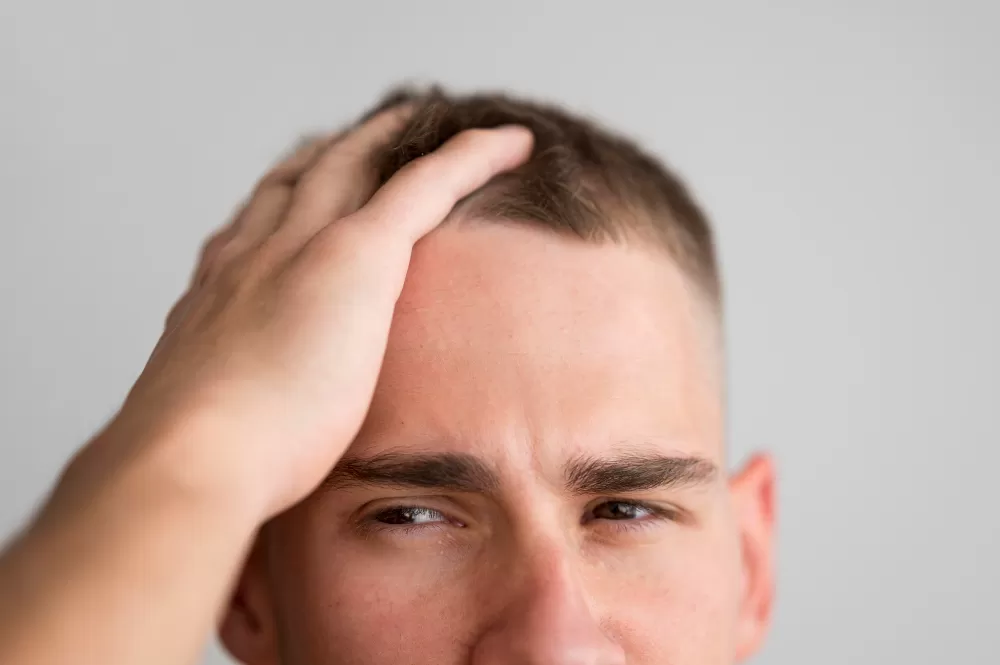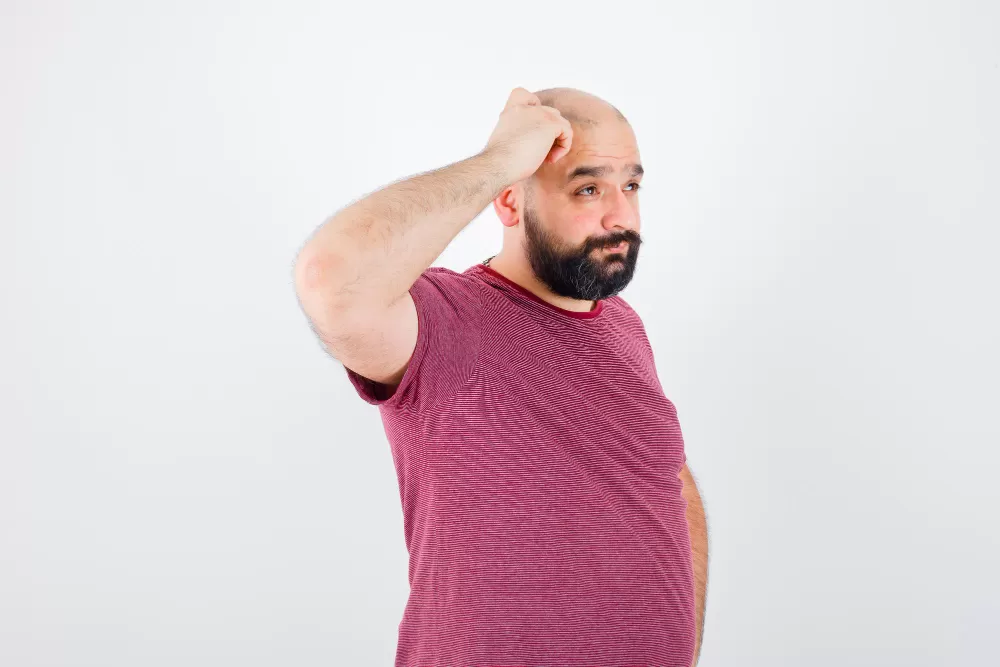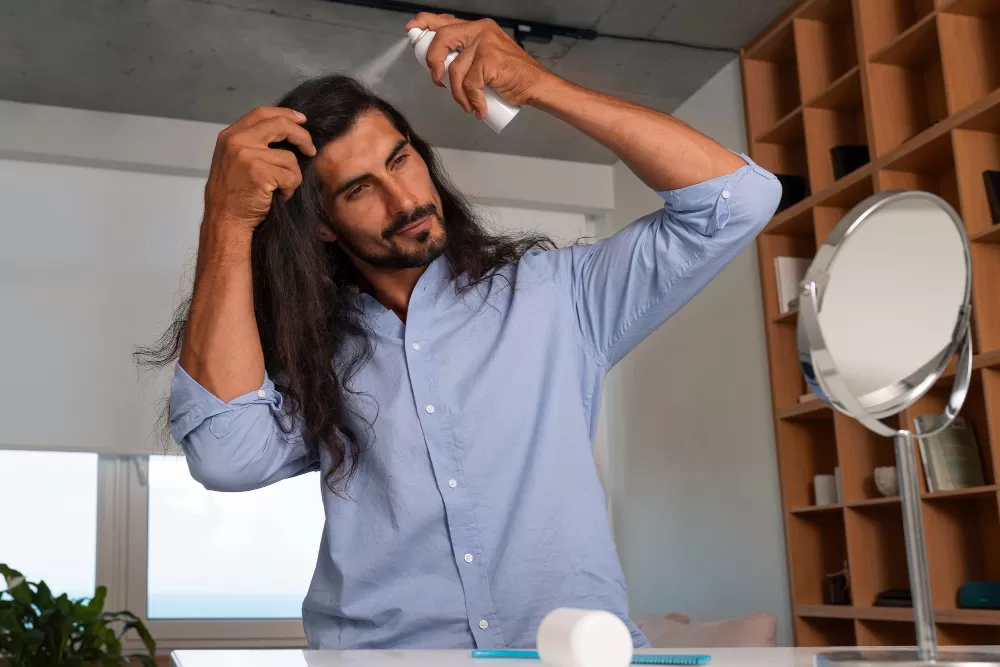Hair transplantation is a popular cosmetic surgery method offering a permanent solution to hair loss. However, many people are unsure whether it’s suitable to undergo a hair transplant during the summer months. Factors like hot weather, sweating, and sun exposure can influence the procedure. In this article, we will explore the advantages, disadvantages, and key considerations of getting a hair transplant in summer.
Can You Get a Hair Transplant in Summer?
Yes, hair transplants can be performed in summer. With modern techniques and proper aftercare, the procedure can be successful regardless of the season. However, those considering a hair transplant in summer need to take specific precautions during the recovery period. Factors such as heat, humidity, and sunlight can affect the healing process, making careful planning and adherence to expert advice crucial for optimal results.
Advantages of Getting a Hair Transplant in Summer
There are several benefits to undergoing a hair transplant during the summer:
1. Convenient Timing with Vacation Periods
Summer often aligns with vacation or leave periods for many people. The recovery process after a hair transplant typically requires 7-10 days of intensive care. Taking time off work or limiting social activities during this period is often easier during summer vacations, making it a convenient time for recovery.
2. Potential for Faster Healing
Warm weather can improve blood circulation, which may support the healing process. The body’s metabolic activities are often more active in summer, potentially aiding tissue regeneration. However, this depends on the individual’s overall health and adherence to aftercare protocols.
3. Benefits of Humid Conditions
Humid air in summer can help prevent the scalp from drying out, keeping the newly transplanted hair follicles moist. This can positively impact the graft survival process, though precautions against excessive sweating are necessary.
Disadvantages of Getting a Hair Transplant in Summer
There are also challenges and risks associated with summer hair transplants:
1. Risk of Sun Exposure
Sunlight, particularly ultraviolet (UV) rays, can be harmful to the sensitive scalp post-surgery. UV exposure may damage newly transplanted hair follicles, slow the healing process, or increase the risk of infection and scalp burns.
2. Excessive Sweating
High temperatures in summer lead to increased sweating, which can harm newly transplanted follicles and heighten infection risk. Sweating may also cause itching, tempting patients to scratch the scalp, which can negatively affect recovery.
3. Social Activities and Travel
Summer is a busy time for vacations and social events. However, hair transplant patients must avoid activities like swimming, sunbathing, saunas, or strenuous exercise during recovery. These restrictions can be inconvenient for those planning summer activities.
Precautions for Summer Hair Transplants
To ensure a successful recovery, those undergoing a hair transplant in summer should follow these precautions:
1. Sun Protection
The scalp must be protected from direct sunlight for at least 4-6 weeks post-surgery. Wide-brimmed hats or UV-protective headwear are effective solutions. While sunscreen may be recommended, consult your specialist before applying it to the scalp.
2. Minimizing Sweating
Avoid hot environments and intense physical activities to reduce sweating. Wearing lightweight clothing and staying in cool environments can help. Excessive sweating in the first few weeks post-surgery can increase infection risk.
3. Proper Care and Hygiene
Keeping the scalp clean is critical after a hair transplant. Use shampoos and lotions recommended by your specialist, and avoid rubbing the scalp. Summer humidity can increase infection risk, so strict hygiene practices are essential.
4. Avoiding Pools and the Sea
Seawater and pool water, containing salt or chlorine, can damage newly transplanted follicles. Refrain from swimming in pools or the sea for at least 4-6 weeks post-surgery.
5. Following Expert Advice
Each patient’s skin type, hair structure, and health condition vary. Adhering to your doctor’s recommendations before and after the procedure is vital for a successful outcome.
Who Is Suitable for a Summer Hair Transplant?
Certain individuals may be better suited for a summer hair transplant, including those who:
Can ensure protection from sunlight during recovery.
Have vacation or leave periods aligning with the recovery phase.
Can avoid activities that cause excessive sweating.
Are disciplined in following post-operative care instructions.
Conclusion
Getting a hair transplant in summer is entirely feasible with proper precautions. However, factors like sunlight, sweating, and summer activities can impact the recovery process. Those considering a summer hair transplant should work closely with their specialist to create a detailed plan for before and after the procedure. With proper care, summer can be a suitable time for a successful hair transplant.





No comments yet. Be the first to comment!